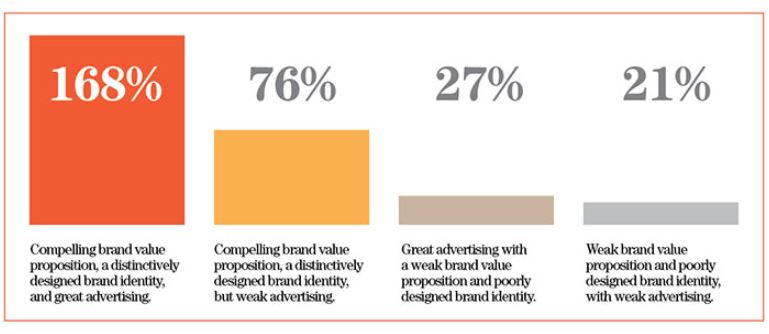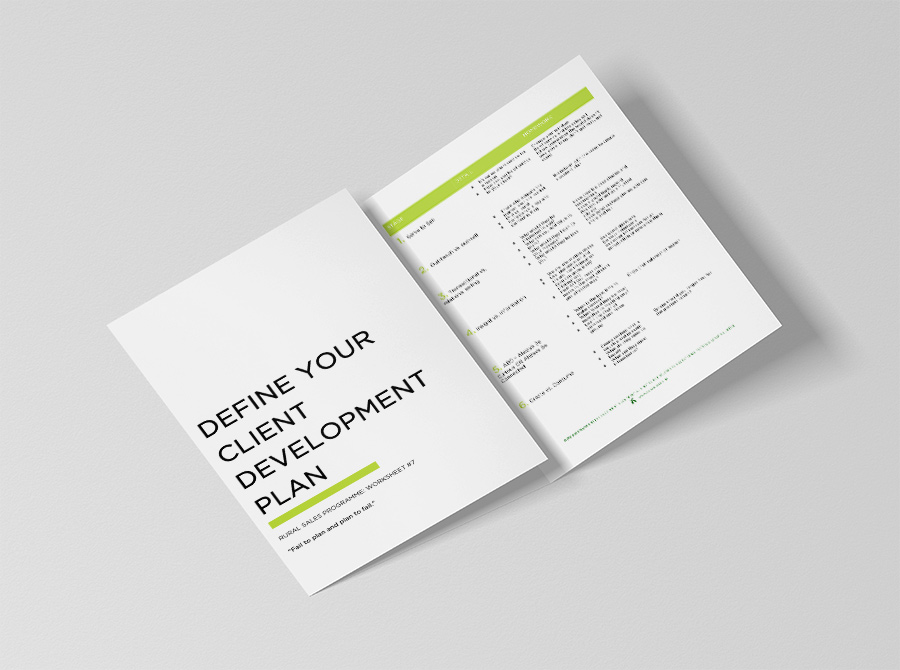Have You Been Deferring Maintenance On Your Brand?
All the talk in the news this week of deferred maintenance and underspending concerning Middlemore hospital and Christchurch EQC re-repairs got me thinking about its application to brands.
Let’s use the example of houses to start with. According to BRANZ, the building research agency, only 40% of New Zealand homes in New Zealand are being well maintained. Every few years BRANZ publishes a Condition of Housing Survey. The last 2015 report showed “70 per cent of owners believed their homes were in a good, or excellent condition, while BRANZ experts thought only 42 per cent of homes were. BRANZ highlighted without expert help, homeowners’ focus and default was on cosmetic maintenance.” This all sounds familiar in the world of branding.
The thing is cosmetic makeovers don’t last because they don’t have any structural integrity. Getting the crayons out and making things pretty when it comes to branding is the same. A new lick of paint is relatively easy to do. How you judge and evaluate that design and what you actually base it on is much harder. The paint job will peel away and deteriorate especially when there’s been little or no preparation. Worse still is that you have to come back and do it all again in a few years time costing you more money.
Uber, Netflix and Alibaba don’t own hard assets like taxis, cinemas or cabs. Their brand istheir asset. Their website and digital presence are always seamless, intuitive and user-friendly because they don’t rely on any other distribution channel. They know the value of a strong brand and because of this they maintain and promote their brands zealously.
In Ag we seem to have a real bias for the tangibles like plant gear, equipment or new buildings and place less value on branding. But if your brand looks like crap, doesn’t talk to a consumer’s inner needs or heart and can’t convince them to pay more who cares what your shiny factory or new office looks like? (tip: customers don’t care about you and what you do, they only care about them and what it gives them).
When people talk about “re-branding”, I talk about re-positioning. It’s a deliberate interjection on my behalf because one is a temporary cosmetic exercise and the other is an enduring strategic commitment. The best and most successful brands own a unique position in the market’s mind based on key customer insights, not some hipster design guy with a Mac (author’s note: many of my best friends are hipster designers).
We come across similar situations with some clients. They come to us having not invested in or properly maintaining their brand. They looked tired and dated (we have to tell them this and if they still don’t believe us we ask their customers to tell them). Because of this, customers intuitively pick up on these cues. They might try to negotiate a lower price hurting business margin. The brand owners themselves don’t exude confidence or a position they are proud of. They don’t compete from a position of strength or authority. Too often, businesses let the weeds grow over and when you do this it always costs more time and money to rectify. Underspending or deferring maintenance on your brand costs you and your business just as it seems to be with Middlemore Hospital.
Millward Brown, the multinational market research firm, undertook at 10 year quantitative study to understand what drove brand value most. It concluded “…a well defined brand identity and proposition can boost brand value growth by 700%. Businesses saw a 168% increase in brand valuation over ten years when combining a unique and compelling brand value proposition, a distinctively designed brand identity and great advertising.”
Even without great advertising, growth in value of 76% occurs where branding (identity and proposition) is strong. So the evidence is the right branding drives the greatest growth. Advertising can of course support and amplify this but not as much as branding on it own. Branding it seems from their data seems to pay.

Much like good businesses who plan and set aside a separate tax account to avoid getting behind on their tax obligations, maybe it’s time to do the same for your brand maintenance. The rule of thumb for property from various experts falls around 1-3% of price or 15% of rental income. It’s a start. If you’re a $10m business you should be setting aside a minimum of 1% or $100,000 for branding and marketing. If you’re spending less than this perhaps you need to quantify the loss of earnings and opportunity cost of not getting your brand proposition right.
So what are your options when it comes to maintaining your brand?
Option 1. Ignore it and hope it will go away (it won’t because your competitors never stop and hope has never been a strategy)
Option 2. Deal with it when things go wrong (not ideal and maybe a case of a little too late?)
Option 3. Plan for it (and make a budgetary allowance)
A house needs continual repair and maintenance or it becomes uninhabitable for tenant or owner. If you are wanting to rent that property for maximum return and make it appealing to achieve its best purchase price it needs to look and feel well presented and cared for. Your brand is no different.
Here are five things you should consider when thinking about maintaining or re-positioning your brand:
- Don’t just do a “paint job” – does your brand have structural integrity? By that I mean does it have firm structures and foundations? What are you building your brand on? Sand or concrete?
- Think of your end buyer – what are your customers or potential customers looking for specifically? What needs met and unmet are they seeking? Have you got an idea of what’s happening in their lives and the job your product needs to do for them?
- Do you actually know who you are and what you stand for as a brand? Have you checked this with your customers or are you relying on guesswork, internal assumptions or bias?
- Are your future proofing your brand positioning? Market trends and technology will always change the landscape. Just ask Blockbuster. Your brand will need to continually adjust and adapt so it remains relevant. It’s not a set or forget, much like the maintenance and repair of any asset. Ad hoc, here and there, now and then efforts won’t cut it.
- Be careful of who you choose for branding advice. Are they recommending a cosmetic approach or are they advising a more strategic footing? What tools and methodologies do they have? Do they have the track record? Can they walk the talk? Do they want to crack on with the design and get advertising forgetting there is a harder internal job to do first? What do their clients say about them and the results they achieved?
+++
Like our homes, lives, relationships and public infrastructure, brands need to be built on strong foundations and be kept well maintained. Don’t go for the short term cosmetics as they never pay off.
If you build your brand right and maintain it regularly it will cost you a lot less and earn you much more in the long run.





